Philippe Hiquily
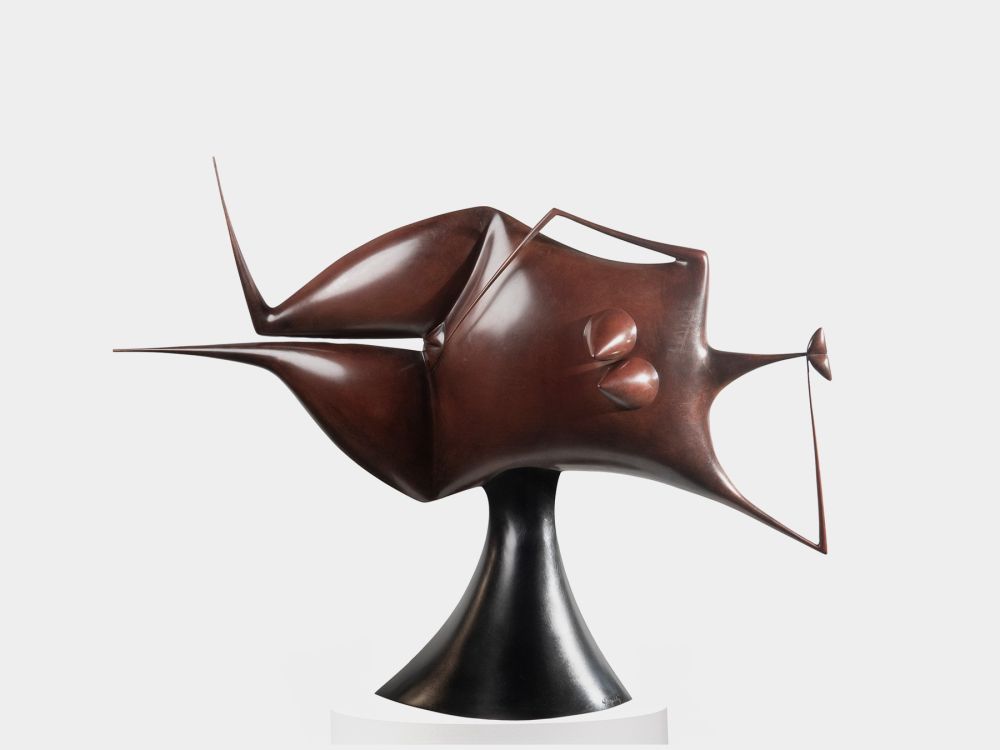
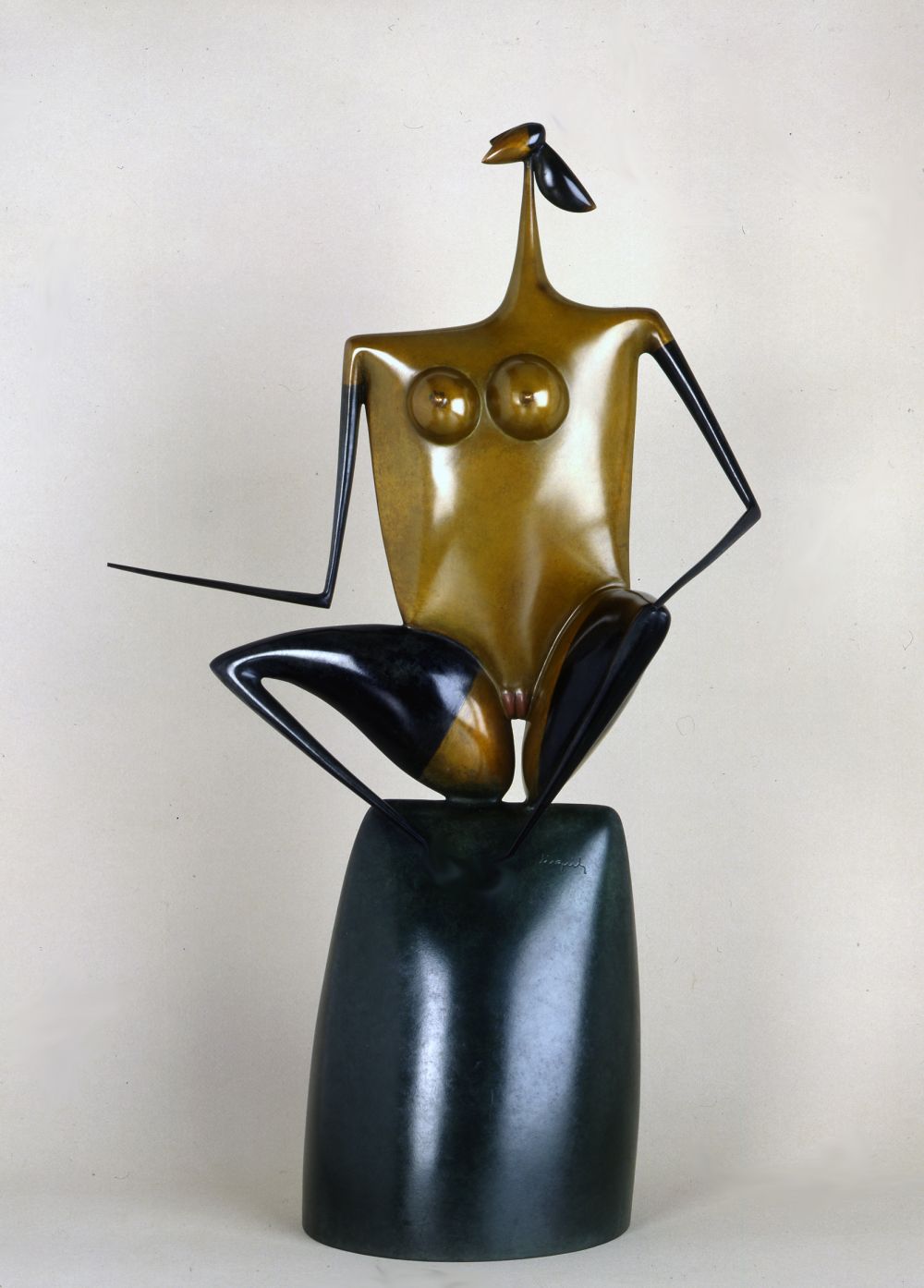
Selected Works

Philippe Hiquily
La Traviata, 1991
Patinated bronze
75,5 x 110 x 25 cm
Signed and numbered
Bocquel Foundry
Philippe Hiquily
Gertrude, 1992
Bronze patina with ostrich egg
110 x 38 x 25 cm
Signed and numbered
Foundry Bocquel
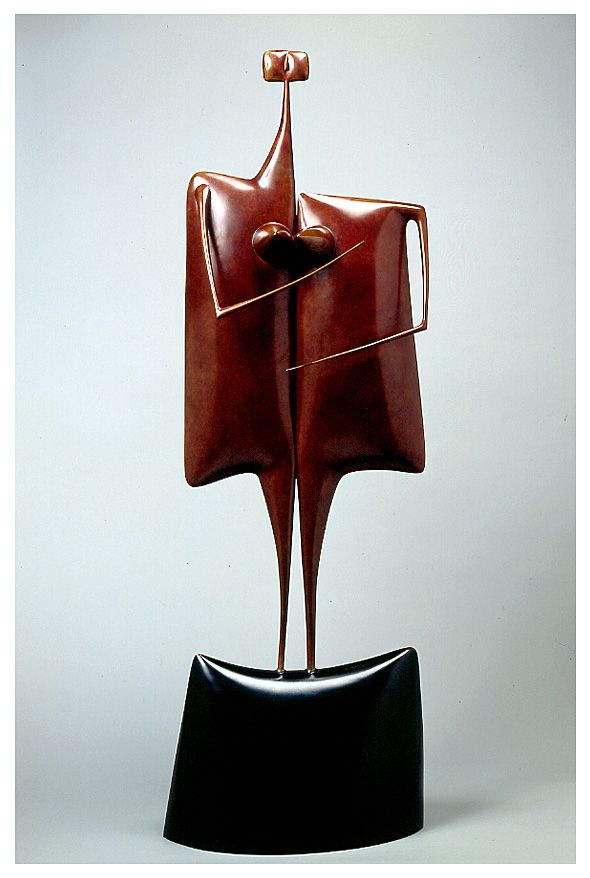
Philippe Hiquily
La Fente, 1990
Patinated Bronze
123 x 48 x 22 cm
Signed and numbered
Bocquel Foundry
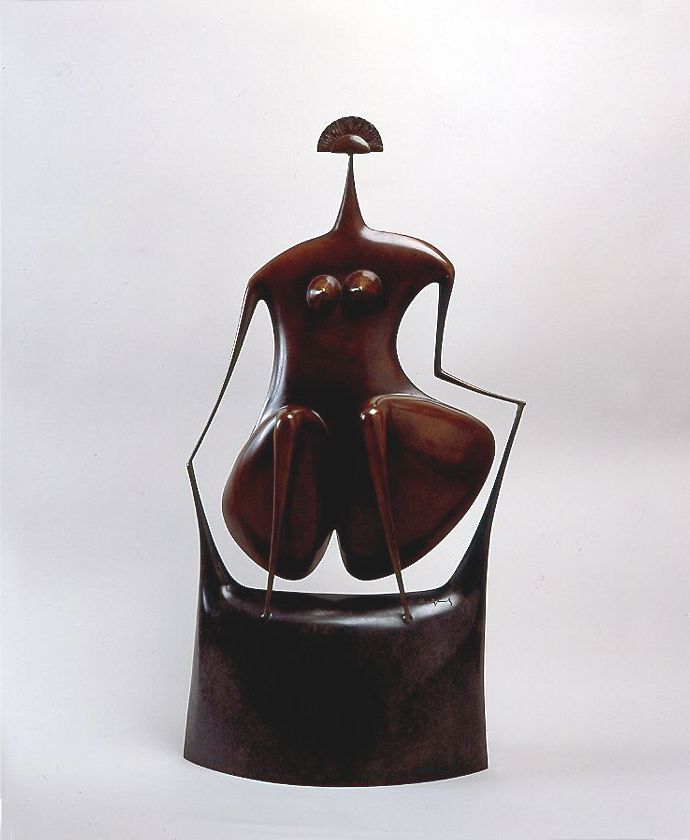
Philippe Hiquily
L'aurore, 1987
Patinated bronze
79 x 41 x 18 cm
Signed and numbered
Bocquel foundry

Philippe Hiquily
Mademoiselle O, circa 1987
Patinated bronze
73 x 24 x 27 cm
Signed and numbered
Bocquel Foundry

Philippe Hiquily
L’araignée (Belinda), 1993
Patined bronze
90 x 57 x 17 cm
Signed and numbered
Bocquel Foundry

Philippe Hiquily
La tapeuse, 1992
Patinated bronze
57 x 35 x 23 cm
Signed and numbered
Bocquel foundry

Philippe Hiquily
Très Grande femme au masque, 1992
Bronze patina
230 x 100 x 20 cm
Signed and numbered
Bocquel Foundry
Philippe Hiquily
L'évènement, 2003
Patinated bronze
71 x 44 x 23 cm
Signed and numbered
Bocquel Foundry
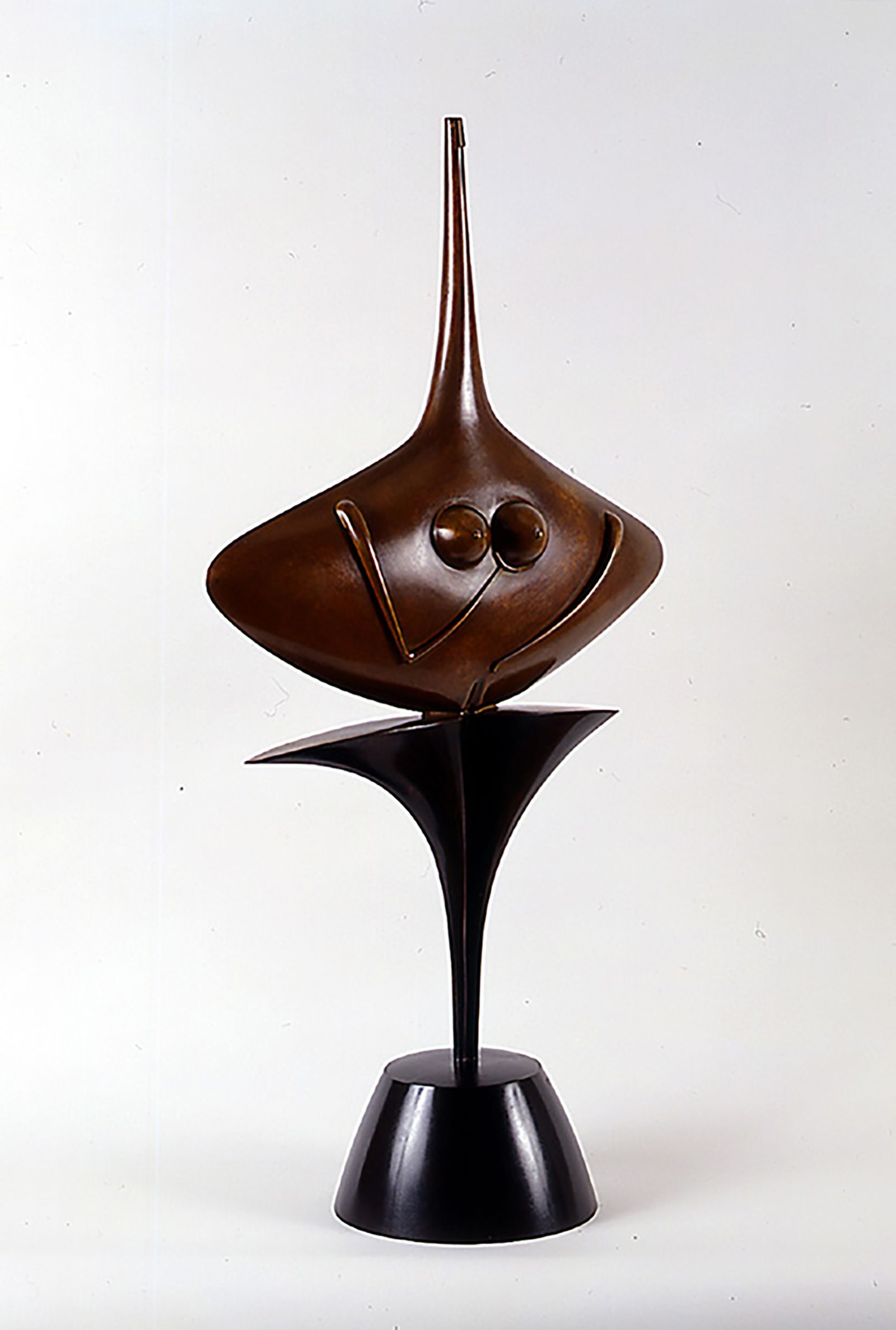
Philippe Hiquily
Les cuissardes, 2003
Bronze patina
91 x 47x 21 cm
Signed and numbered
Foundry Bocquel
Philippe Hiquily
La Gifle, 1991
Bronze patina
85 x 48 x 21 cm
Signed and numbered
Foundry Bocquel
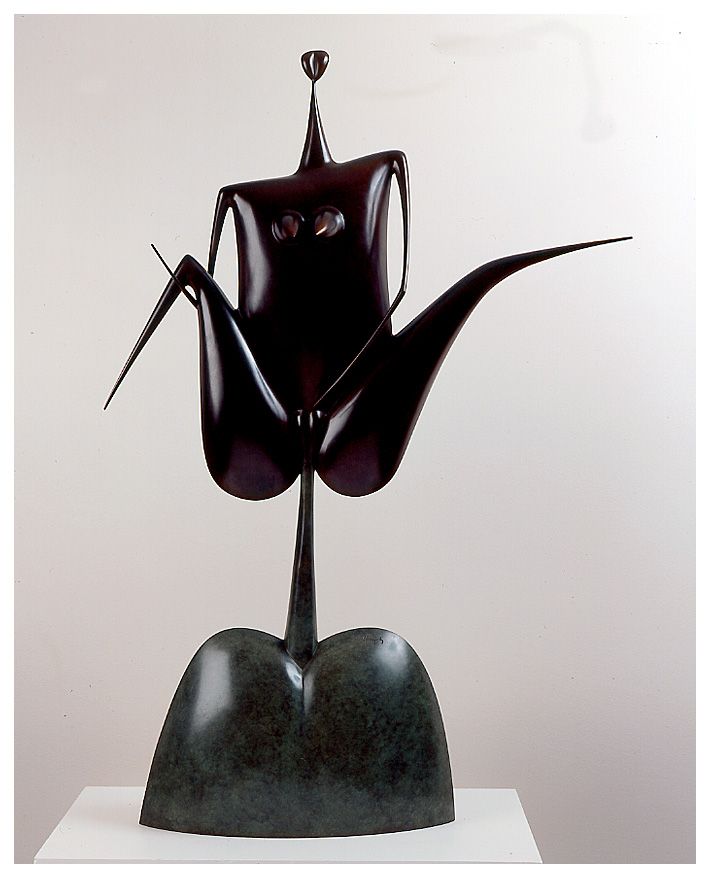
Philippe Hiquily
La Youp la Boum
Patinated bronze
Height : 114 cm
Signed and numbered
Bocquel Foundry
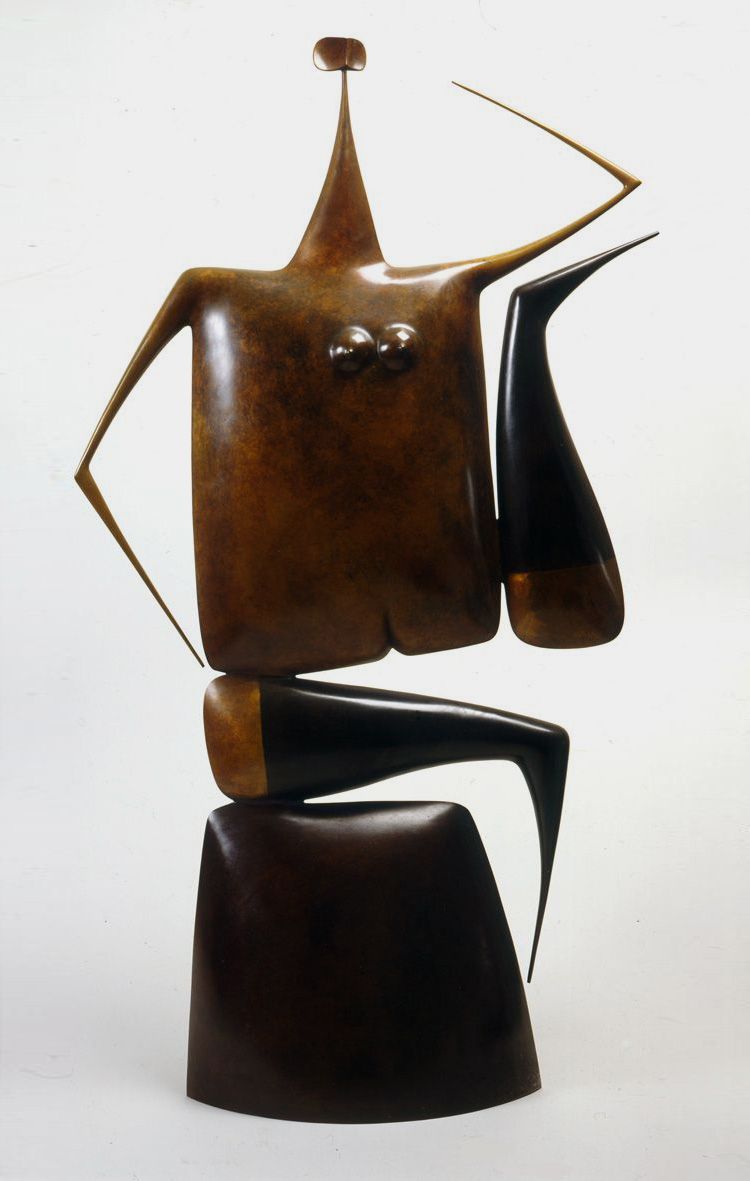
Philippe Hiquily
Grande MIMI Patte en l’air, 1987
Patinated bronze
196 x 125 x 30 cm
Signed and numbered
Foundry Bocquel
Philippe Hiquily
L’impudique, 1992
Patinated bronze
60 x 35 x 15 cm
Signed and numbered
Bocquel Foundry
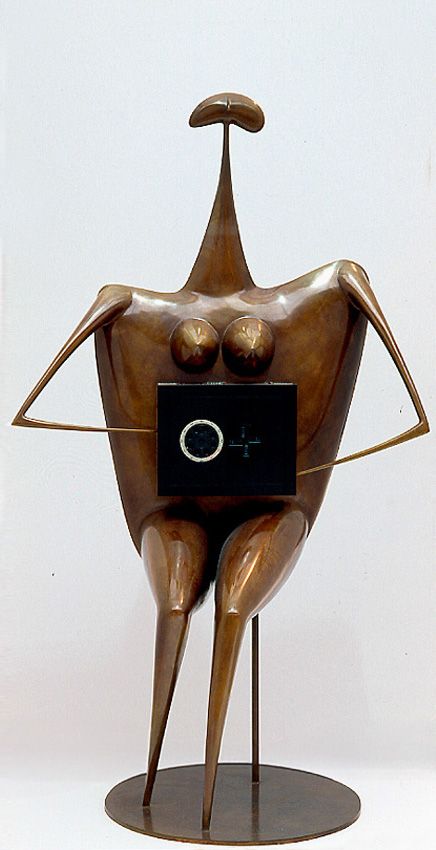
Philippe Hiquily
La banquière, 1989
Patinated bronze and safe
187 x 104 x 67 cm
Signed and numbered
Foundry Bocquel
Philippe Hiquily
Lampadaire, 2003
Gold composite resin
195 x 65 x 30 cm
Signed
Philippe Hiquily
Miroir « aux nénettes », 2003
Gold composite resin
137 x 71 x 14 cm

Philippe Hiquily
La Sévillane (Femme Lune), 2006
Corten steel
180 x 64 x 52 cm
Signé and numbered
Bocquel Foundry
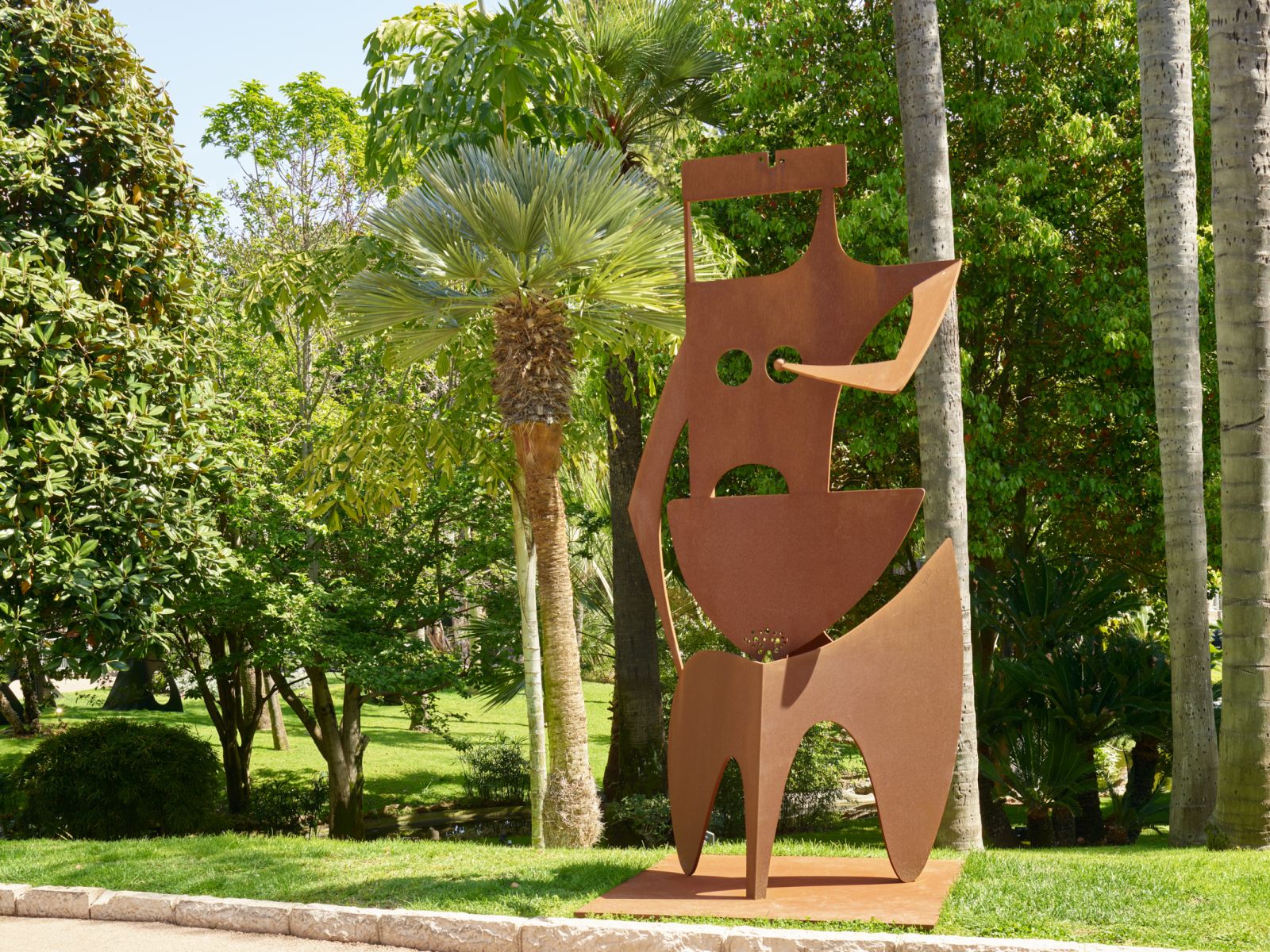
Philippe Hiquily
Lolita Square, 2006
Bronze peint
47 x 21 x 17 cm
Signé et numéroté
Fonderie Bocquel
Some of the works depicted are no longer available.
Biography
A metal sculptor since the 1950s, Philippe Hiquily is on the fringes of the avant-garde and sheltered from artistic movements and trends because he invents an essentialist work through direct metal, to engrave an "eroticism in movement" that explores the timeless links between man and woman and their distressing otherness.
In 1975, Hiquily began an intense period of furniture-sculpture production.
He created mobile sculptures powered by electric motors and mobile fountains in 1980, which were presented at the F.I.A.C. by the Galerie Fabien Boulakia in 1984. In 2005, on the occasion of the publication of “Hiquily, bronzes et meubles” by Pierre Cabanne, at Editions de la Différence, Patrice Trigano presented a series of bronzes made in the 70s/80s, and the Galerie Yves Gastou showed for the first time around twenty pieces of furniture made in the 60s/70s. The LUTETIA hotel, faithful to its tradition of welcoming artists and sculptors, has been presenting around ten sculptures by Hiquily since 1998, which can be discovered throughout its lounges.
Bibliography
tt
